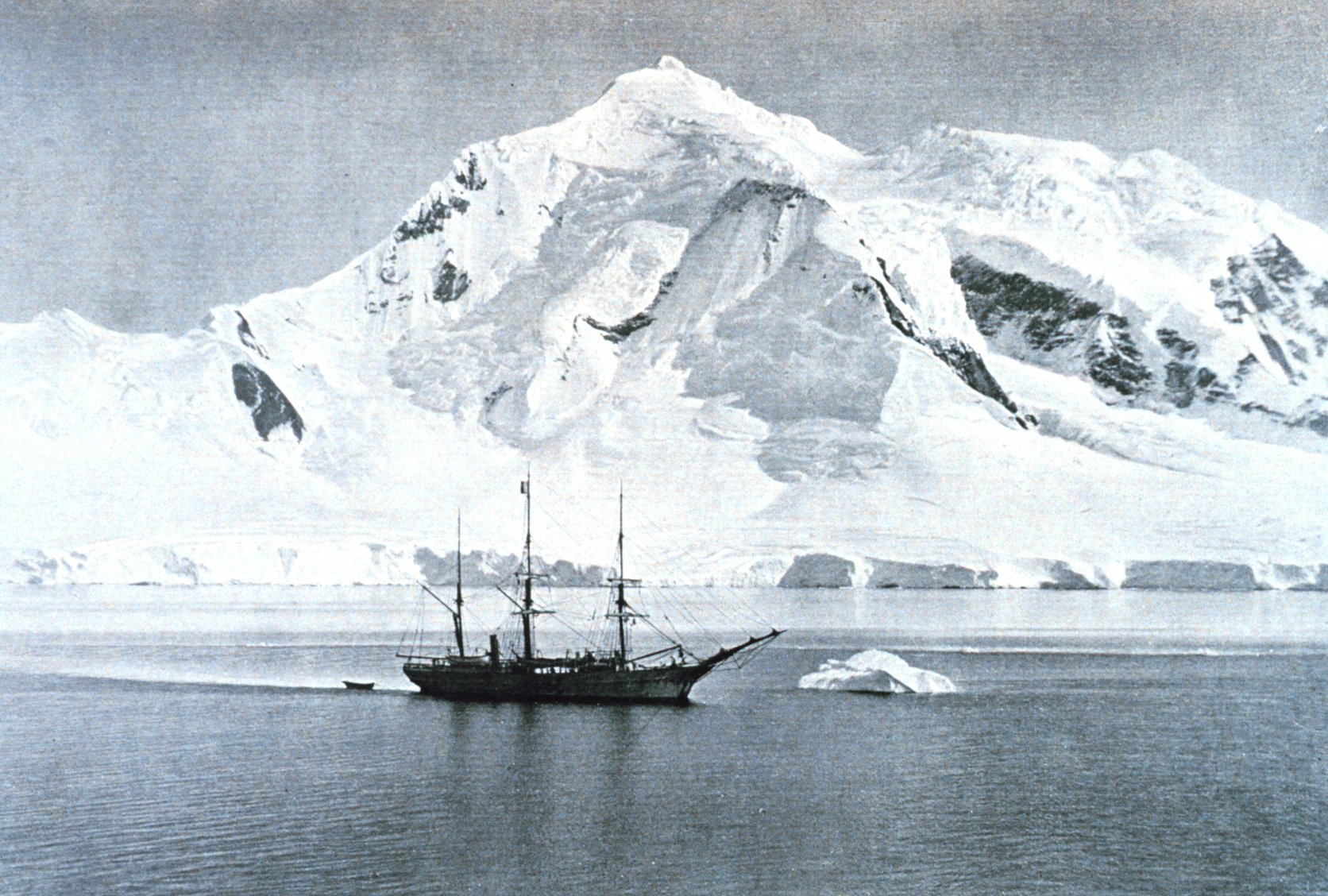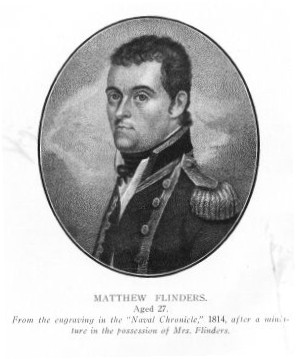|
Oceanographic Museum Of Monaco
The Oceanographic Museum (''Musée océanographique'') is a museum of marine sciences in Monaco-Ville, Monaco. This building is part of the Institut océanographique, which is committed to sharing its knowledge of the oceans. History The Oceanographic Museum was inaugurated in 1910 by Monaco's modernist reformer, Prince Albert I. who invited to the celebrations not just high officials and celebrities but also the world-leading oceanographers of the day to develop the concept of a future Mediterranean Commission dedicated to oceanography, now called Mediterranean Science Commission. Jacques-Yves Cousteau was director from 1957 to 1988. The Museum celebrated its centenary in March 2010, after extensive renovations. Overview The museum is home to exhibitions and collections of various species of sea fauna (starfish, seahorses, turtles, jellyfish, crabs, lobsters, rays, sharks, sea urchins, sea cucumbers, eels, cuttlefish etc.). The museum's holdings also include a great va ... [...More Info...] [...Related Items...] OR: [Wikipedia] [Google] [Baidu] |
Monaco BW 2011-06-07 17-50-43
Monaco (; ), officially the Principality of Monaco (french: Principauté de Monaco; Ligurian: ; oc, Principat de Mónegue), is a sovereign city-state and microstate on the French Riviera a few kilometres west of the Italian region of Liguria, in Western Europe, on the Mediterranean Sea. It is bordered by France to the north, east and west. The principality is home to 38,682 residents, of whom 9,486 are Monégasque nationals; it is widely recognised as one of the most expensive and wealthiest places in the world. The official language of the principality is French. In addition, Monégasque (a dialect of Ligurian), Italian and English are spoken and understood by many residents. With an area of , it is the second-smallest sovereign state in the world, after Vatican City. Its make it the most densely-populated sovereign state in the world. Monaco has a land border of and the world's shortest coastline of approximately ; it has a width that varies between . The highest ... [...More Info...] [...Related Items...] OR: [Wikipedia] [Google] [Baidu] |
Le Figaro
''Le Figaro'' () is a French daily morning newspaper founded in 1826. It is headquartered on Boulevard Haussmann in the 9th arrondissement of Paris. The oldest national newspaper in France, ''Le Figaro'' is one of three French newspapers of record, along with ''Le Monde'' and ''Libération''. It was named after Figaro, a character in a play by polymath Beaumarchais (1732–1799); one of his lines became the paper's motto: "''Sans la liberté de blâmer, il n'est point d'éloge flatteur''" ("Without the freedom to criticise, there is no flattering praise"). With a centre-right editorial line, it is the largest national newspaper in France, ahead of ''Le Parisien'' and ''Le Monde''. In 2019, the paper had an average circulation of 321,116 copies per issue. The paper is published in Berliner format. Since 2012 its editor (''directeur de la rédaction'') has been Alexis Brézet. The newspaper has been owned by Dassault Group since 2004. Other Groupe Figaro publications include ''Le ... [...More Info...] [...Related Items...] OR: [Wikipedia] [Google] [Baidu] |
RV Belgica (1884)
''Belgica'' was a barque-rigged steamship that was built in 1884 by Christian Brinch Jørgensen at Svelvik, Norway as the whaler ''Patria''. In 1896, she was purchased by Adrien de Gerlache for conversion to a research ship, taking part in the Belgian Antarctic Expedition of 1897–1901, becoming the first ship to overwinter in the Antarctic. In 1902, she was sold to Philippe, Duke of Orléans and used on expeditions to the Arctic in 1905 and from 1907 to 1909. In 1916, she was sold and converted to a passenger and cargo ship, serving Spitsbergen from the Norwegian mainland under the name ''Isfjord''. In 1918, she was sold and renamed ''Belgica'', being converted to a factory ship. Requisitioned by the British in April 1940, she was used as a depôt ship, being scuttled when the Franco-British Expeditionary Force evacuated Harstad in northern Norway. In 2007, plans to build a modern replica of ''Belgica'' were announced. Description The ship was long, with a beam of and a d ... [...More Info...] [...Related Items...] OR: [Wikipedia] [Google] [Baidu] |
Russian Corvette Vityaz (1862)
''Vityaz'' (russian: Витязь, translit. ''Vityaz'') was a steam corvette of the Baltic Fleet of the Imperial Russian Navy. Later renamed ''Skobelev'', ''Vityaz'' spent much of its career as an oceanographic research vessel, completing two circumnavigations of the world in this capacity. Construction and design The ship was laid down on August 23, 1861 and it was launched on July 24, 1862. ''Vityaz'' was built at Pori in the Grand Duchy of Finland, at the time a part of the Russian Empire. ''Vityaz'' was one of four sail-screw corvettes of the ''Bogatyr'' class, equipped with 17 guns and displacing 2,156 tons. Equipped with a 160 nominal horsepower/ steam engine built by the Belgian company John Cockerill, ''Vityaz'' was capable of a speed of . At launch the corvette was armed with one No. 1 and 16 No. 2 model 1855 cannons ( ru). These 60-pounder smoothbore cannons were developed by the Russian artillery general N.A. Baumgart ( ru) and adopted by the Imperial Russi ... [...More Info...] [...Related Items...] OR: [Wikipedia] [Google] [Baidu] |
SMS Novara 1864 Martinique
Short Message/Messaging Service, commonly abbreviated as SMS, is a text messaging service component of most telephone, Internet and mobile device systems. It uses standardized communication protocols that let mobile devices exchange short text messages. An intermediary service can facilitate a text-to-voice conversion to be sent to landlines. SMS technology originated from radio telegraphy in radio memo pagers that used standardized phone protocols. These were defined in 1986 as part of the Global System for Mobile Communications (GSM) series of standards.GSM Doc 28/85 "Services and Facilities to be provided in the GSM System" rev2, June 1985 The first SMS message was sent on 3 December 1992, when Neil Papworth, a test engineer for Sema Group, sent "Merry Christmas" to the Orbitel 901 phone of colleague Richard Jarvis. SMS rolled out commercially on many cellular networks that decade and became hugely popular worldwide as a method of text communication. By the end of 2010, SMS ... [...More Info...] [...Related Items...] OR: [Wikipedia] [Google] [Baidu] |
SMS Novara (1850)
SMS ''Novara'' was a sail frigate of the Austro-Hungarian Navy most noted for sailing the globe for the Novara Expedition of 1857–1859 and, later for carrying Archduke Maximilian and wife Carlota to Veracruz in May 1864 to become Emperor and Empress of Mexico. History Service SMS ''Novara'' was a frigate that circumnavigated the earth in the course of the Austrian Imperial expedition of 1857–1859, during the reign of (''Kaiser'') Emperor Franz Joseph I of Austria. "The Crustacean Collection of the Museum of Natural History in Vienna" (history), Peter C. Dworschak & Verena Stagl, 3rd Zoological Dept., ''Naturhistorisches Museum'', Vienna, webpage (@www.nhm-wien.ac.at)NHM-Wien-Crustacean-PDF "Novara-Expedition" (port-by-port description), ''Kunsthistorisches Museum Wien'', 2005, webpageKHM-Novara-Expedition It was a sailing ship with three masts of sails and six decks, outfitted with 42 cannons, and had a water displacement of nearly 2,107 tons. Between 1843 and 1899, ... [...More Info...] [...Related Items...] OR: [Wikipedia] [Google] [Baidu] |
Investigator
Investigator may refer to: Occupations Government and law * Detective, a person who investigates crimes, can be a rank and job in a police department, state or federal employee, or a civilian called a private detective * Inspector, a police rank in many countries Science and academia *Clinical investigator, an investigator involved in a clinical trial *New investigator, a designation for less experienced researchers *Principal investigator, a researcher in a research project Other fields *Private investigator, a person who does not work for the police or government, but who undertakes investigations as a subcontractor * Ghost hunter or other paranormal investigator *Psychic detective, a person who investigates crimes by using purported psychic abilities * In Mormon missionary terminology, an investigator refers to someone who is investigating the LDS Church. Generally, a non-member who is taking the missionary discussions. Media * ''Investigator'' (magazine), journal of the G ... [...More Info...] [...Related Items...] OR: [Wikipedia] [Google] [Baidu] |
HMS Investigator (1801)
HMS ''Investigator'' was the mercantile ''Fram'', launched in 1795, which the Royal Navy purchased in 1798 and renamed HMS ''Xenophon'', and then in 1801 converted to a survey ship under the name HMS ''Investigator''. In 1802, under the command of Matthew Flinders, she was the first ship to circumnavigate Australia. The Navy sold her in 1810 and she returned to mercantile service under the name ''Xenophon''. She was probably broken up c.1872. Background ''Fram'' was built in Sunderland as a collier. She operated off the north-east coast of England before the Royal Navy purchased her in 1798. Pitcher, of Northfield refitted her between 27 April and 24 May 1798. She then went to Deptford Dockyard on 6 August. The Navy armed her with 22 carronades to serve as an escort vessel, and renamed her HMS ''Xenophon''. Commander George Sayer commissioned ''Xenophon'' as an armed ship for the North Sea. In 1799 he brought the Irish rebel James Napper Tandy and some of his associates as ... [...More Info...] [...Related Items...] OR: [Wikipedia] [Google] [Baidu] |
SMS Gazelle (1859)
SMS ''Gazelle'' was an screw-driven frigate of the Prussian Navy built in the 1850s. The ship was laid down in 1855 at the Royal Dockyard in Danzig, launched on 19 December 1859, completed on 22 May 1861, and commissioned into the Navy almost a year later on 15 May 1862. She served on overseas duties for the majority of her career, in 1864 she sailed to Japan. On 8 January 1884, when she was stricken from the naval register. She was used as a barracks ship in Wilhelmshaven thereafter, until she was sold for scrap in 1906 for 36,000 gold mark The German mark (german: Goldmark ; sign: ℳ) was the currency of the German Empire, which spanned from 1871 to 1918. The mark was paired with the minor unit of the pfennig (₰); 100 pfennigs were equivalent to 1 mark. The mark was on the g ...s and broken up.Gröner, p. 43 Footnotes References * * * {{DEFAULTSORT:Gazelle, SMS 1859 ships Ships built in Danzig Arcona-class frigates ... [...More Info...] [...Related Items...] OR: [Wikipedia] [Google] [Baidu] |
Frieze
In architecture, the frieze is the wide central section part of an entablature and may be plain in the Ionic or Doric order, or decorated with bas-reliefs. Paterae are also usually used to decorate friezes. Even when neither columns nor pilasters are expressed, on an astylar wall it lies upon the architrave ("main beam") and is capped by the moldings of the cornice. A frieze can be found on many Greek and Roman buildings, the Parthenon Frieze being the most famous, and perhaps the most elaborate. This style is typical for the Persians. In interiors, the frieze of a room is the section of wall above the picture rail and under the crown moldings or cornice. By extension, a frieze is a long stretch of painted, sculpted or even calligraphic decoration in such a position, normally above eye-level. Frieze decorations may depict scenes in a sequence of discrete panels. The material of which the frieze is made of may be plasterwork, carved wood or other decorative medium. ... [...More Info...] [...Related Items...] OR: [Wikipedia] [Google] [Baidu] |





